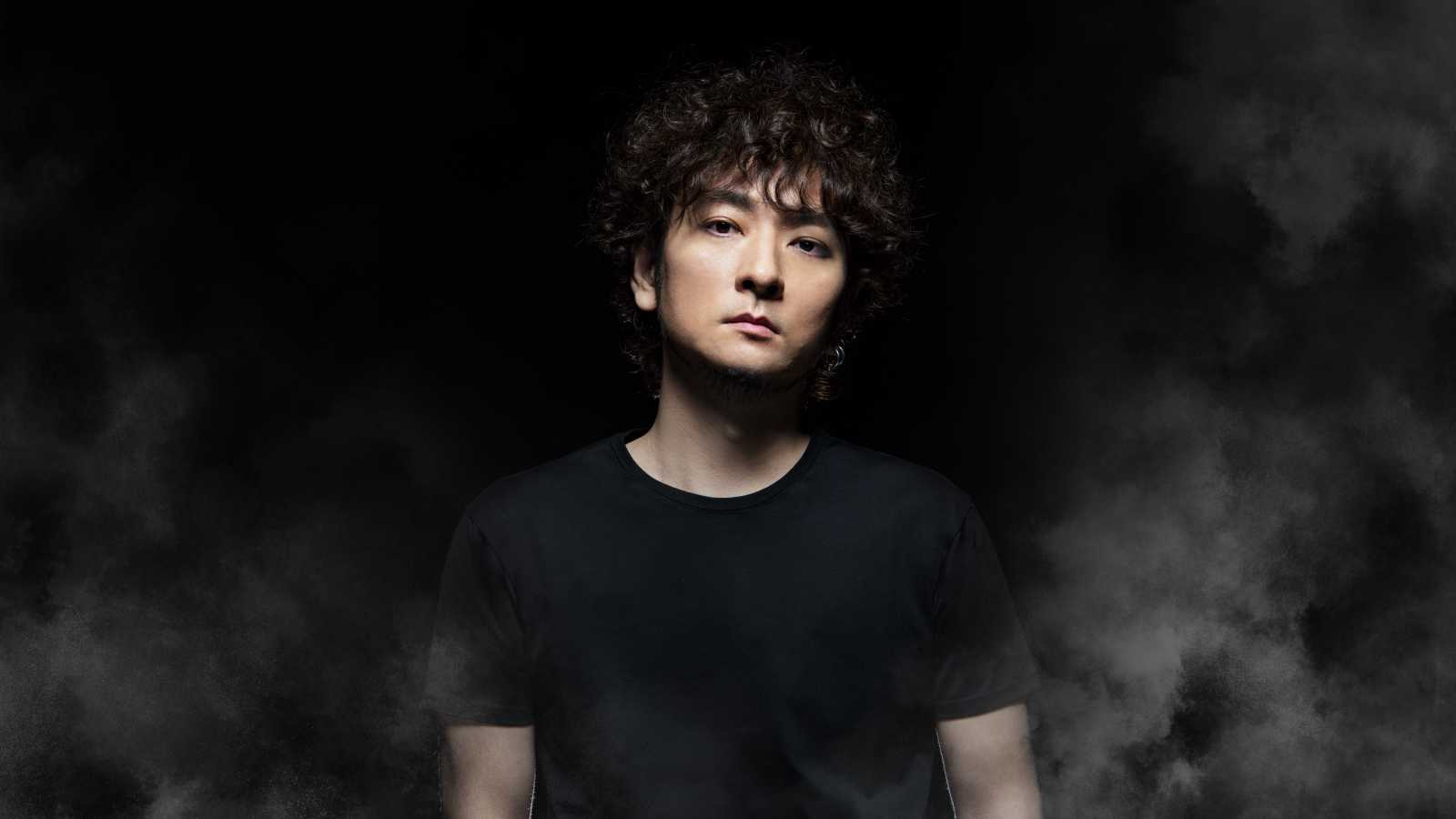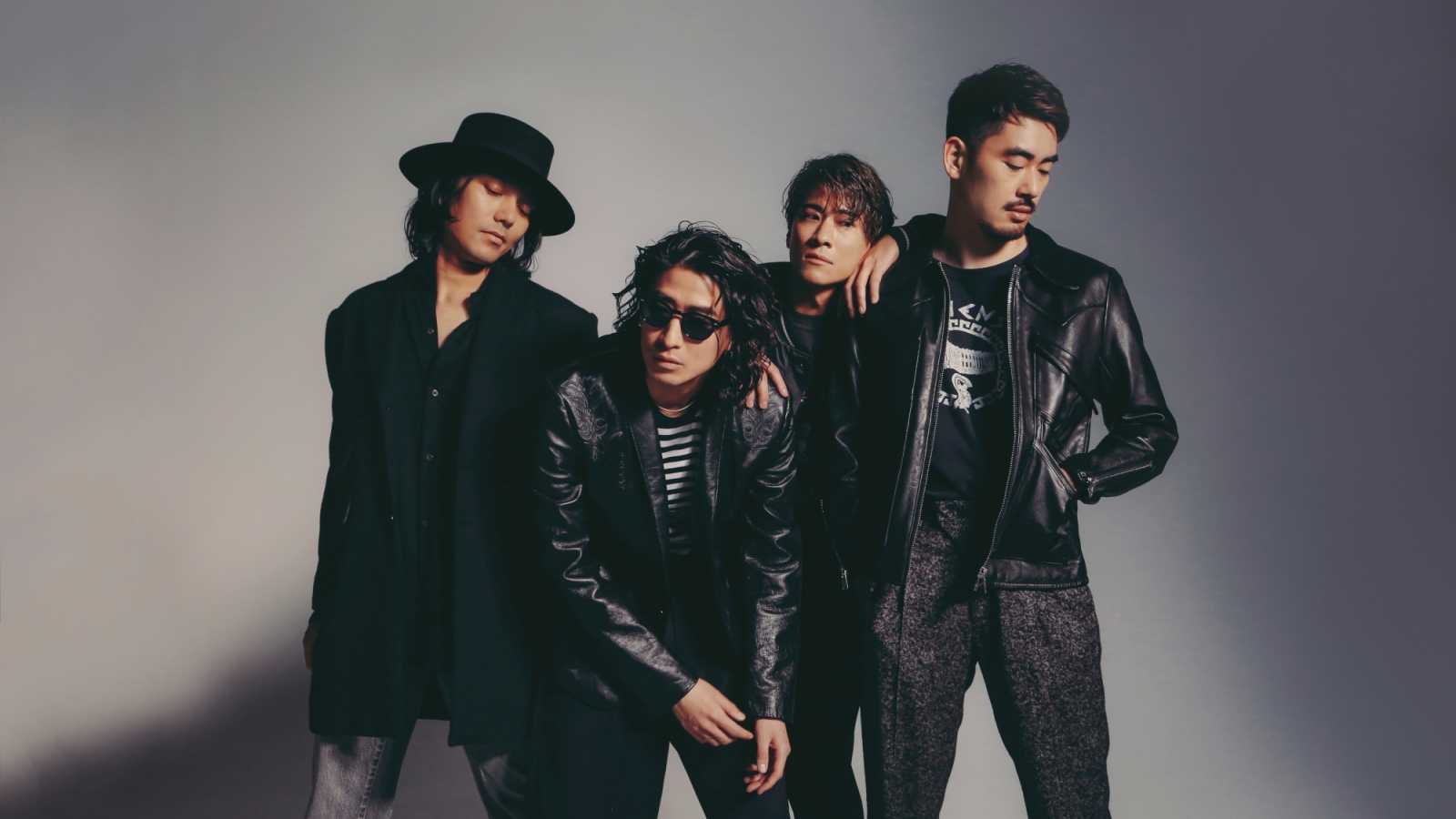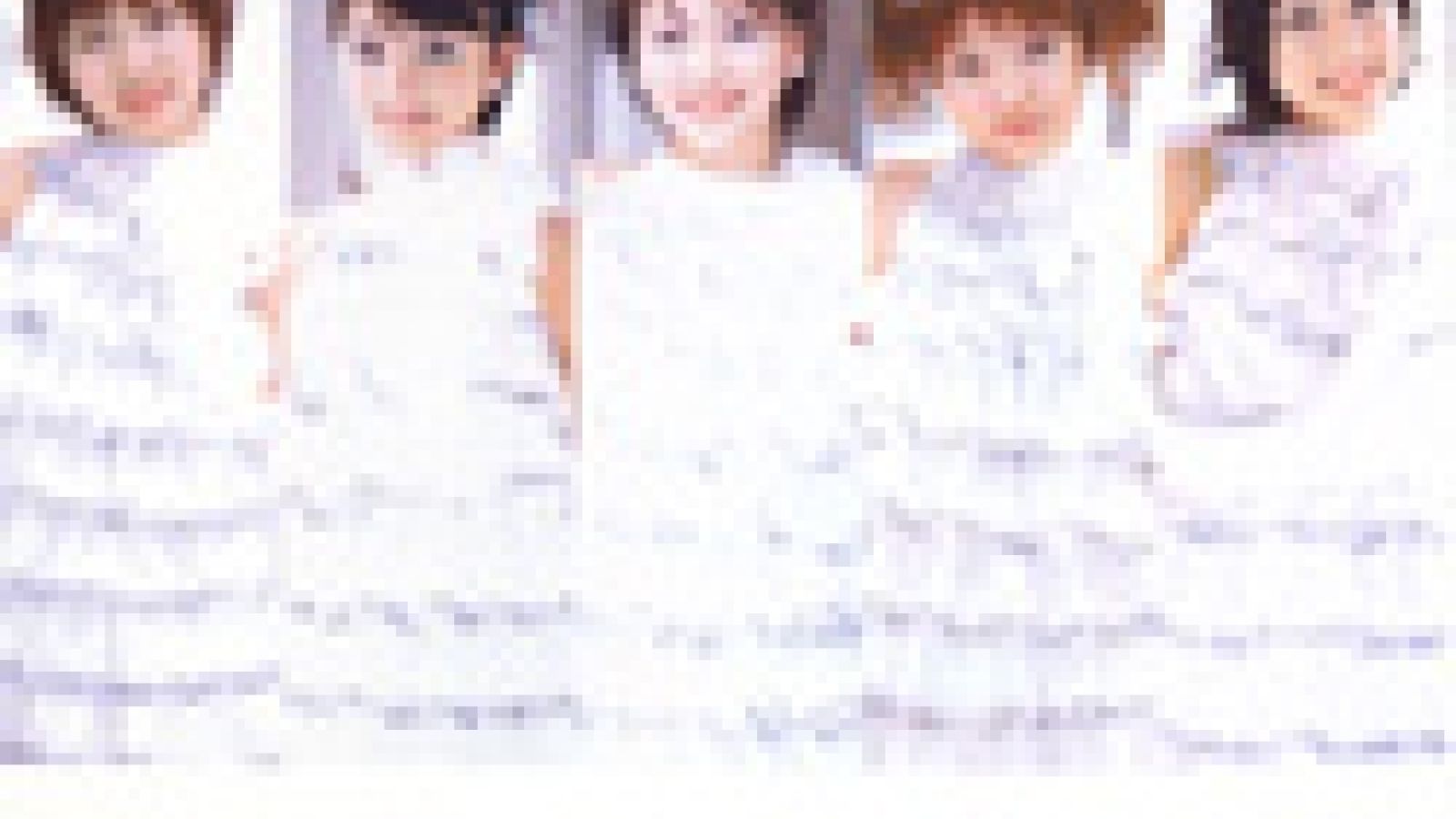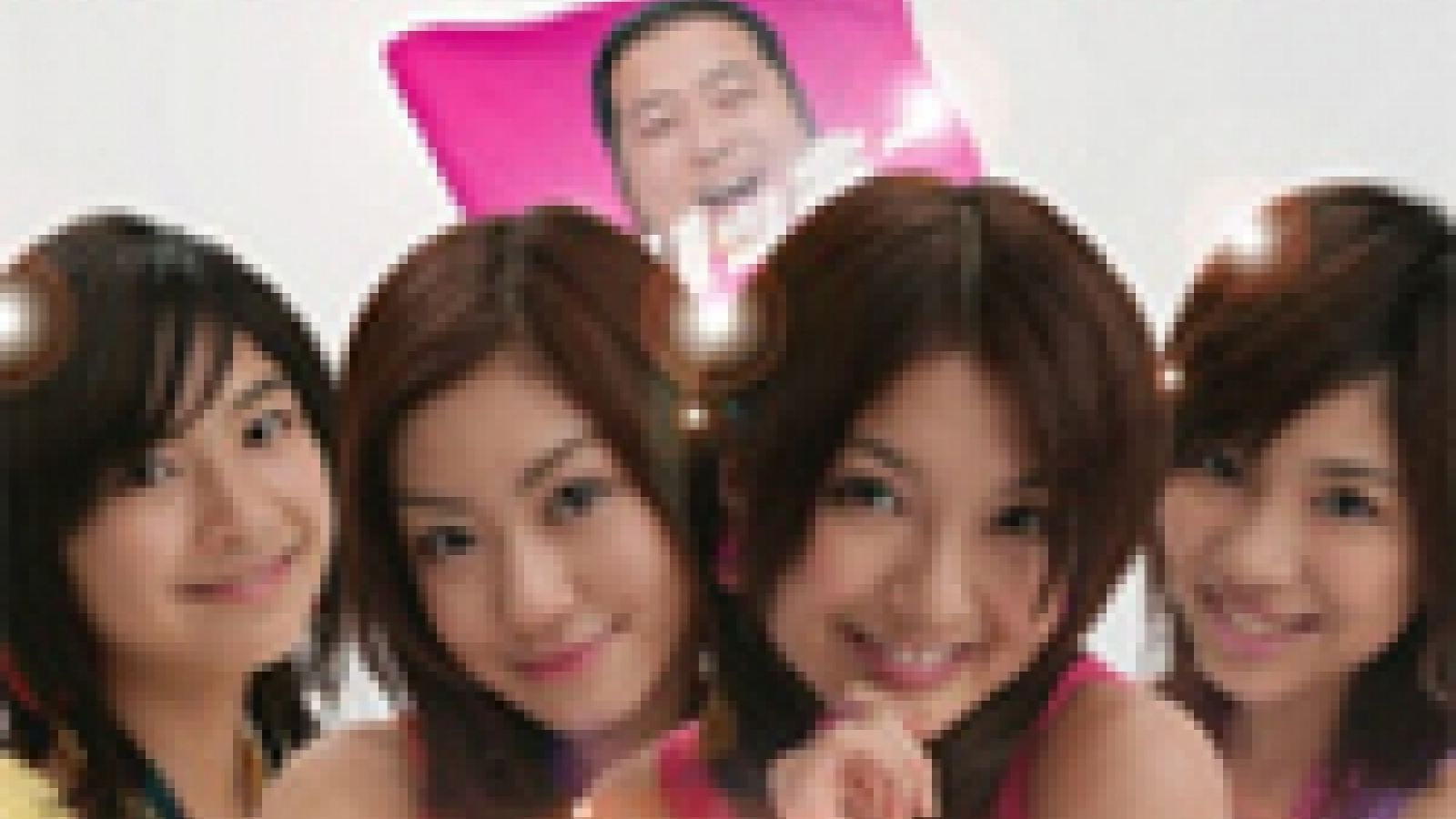While many Japanese music fans have heard many of the eurobeat artists offered by Japan, their music is often placed together with either dance music or bubblegum pop music despite the differences between these styles.
People might know eurobeat music from the "Dance Dance Revolution" games, but the genre dates back further than that. This article aims to explain what eurobeat music is and what its origins are, as well as highlight a few of the most important artists that have shaped the genre in Japan.
WHAT IS EUROBEAT?
A few words that could be used to describe eurobeat are fast, happy and melodic. Most, but not all, eurobeat songs fit these three keywords and also share some common features to the genre.
Most eurobeat songs follow a simple verse-chorus-verse structure and contain complex rhythms.
Currently, Japan has the largest market for eurobeat music in the world though the majority of it is produced by several record labels in Italy and released in Japan by avex.
HISTORY
As the name implies, eurobeat began in Europe and has developed from the disco and pop-style music that was popular in the 80s. Specifically, the genre developed from the underground italo-disco scene. The term "italo-disco" was used to describe non-UK based music acts whose music had a futuristic or spacey sound and heavily relied on synthesizers and drum machines, which, at the time, were mostly based in Italy. Around the time of italo-disco's popularity in mainland Europe, there was a boom in popularity in the UK for package holidays to places like Italy, Greece and Spain. While in these countries they would hear italo-disco songs and want to hear more music of that type because it reminded them of their holidays!
In order to fill this gap in the market, the legendary British production team
Stock Aitken Waterman (
SAW) worked to produce artists within this genre and marketed them to the British audience. The first time the term "eurobeat" was used was in reference to these acts: dance-pop acts with a European beat. Some of the more notable acts of this period were
Dead or Alive,
Sonia,
Bananarama and
Kylie Minogue. These acts regularly topped the UK charts and thus were given some airplay on underground radio stations in America. By the end of the 80s, the popularity of eurobeat had declined and even most of the popular acts had all but disappeared from the limelight.
EUROBEAT IN JAPAN
It's difficult to imagine how such a European genre could not only make a name for itself in Japan, but also stay around long enough to outlive the European scene.
When the idea of eurobeat reached Japan in the mid-80s, its meaning had changed slightly. While in Europe the term was used to describe UK acts that had taken influences from the European dance scene; in Japan the term simply referred to all European dance music. The trend (and Japanese definition) is thought to have started with the compilation album
That's Eurobeat!, which was released in 1986 through Alpha Records and featured some
SAW material as well as some italo-disco. With this compilation, and other related compilations that followed, the stage was set for Japan to start producing its own eurobeat acts.
The first wave of Japanese eurobeat artists came about in the late 80s with artists like
Okinome Yoko,
BaBe and
Wink who adopted this style and performed covers of a lot of the European songs they heard, which has become somewhat of a tradition within the Japanese eurobeat scene.
Japan is home to the longest running eurobeat compilation series in the world,
SUPER EUROBEAT (the term "super eurobeat" is often confused with the genre itself). In 1990, the first
SUPER EUROBEAT compilation was released and, by the end of 1990, Avex had taken over the distribution of the compilation series. The music for these compilations is, for the most part, produced in Italy by Italian labels such as A-BEAT C and TIME RECORDS and features mostly European music. To date, there have been 190 volumes of the
SUPER EUROBEAT compilations with a new one being released every month or so.
Eurobeat gained further popularity with the boom of parapara in the early 90s. Parapara is a form of dancing that involves often elaborate arm movements, but very little lower body movement. This form of dance is inextricably linked to eurobeat music, as can be seen in the
ParaParaParadise series of video games. Eurobeat music is also used in the
Gazen ParaPara!! series, which focuses on para para music, as well a tutorial DVD.
In the late 90s, there was a trend for Japanese artists to cover Eurobeat songs.
V6 covered
Dave Rogers'
MUSIC FOR THE PEOPLE and
MADE IN JAPAN and
Namie Amuro with SUPER MONKEYS covered
Lolita's
Try Me, amongst many others. All of this came along with the production of the first "DANCE DANCE REVOLUTION" ("DDR") game, which also became popular in Western countries. This, in some way, was giving eurobeat back to the Europeans as well as offering some younger people their first taste of the genre.
The continuing popularity of the genre has been helped by the soundtracks to the anime and game series "Initial D." The series and its soundtracks regularly feature many of the more popular contemporary eurobeat artists and has been released by avex's SUPER EUROBEAT sub-label. In addition, the label has been active in marketing non-eurobeat artists to the eurobeat market with the help of remix albums, most notably the
ayu-ro mix series of compilations, which remixes the music of
Hamasaki Ayumi in a eurobeat style. The label has also released an
Every Little Thing album.
ARTISTS
This article will also provide a list of some of the most notable Japanese eurobeat artists, whether they have had the biggest influence on the scene, have brought something new to the music or are just representative of the scene as a whole. These artists represent an overview of the Japanese eurobeat scene though, while some may not be eurobeat in the strictest sense of the term, they have drawn influences from the scene and create their own sound from it.
HINOI Team
HINOI Team is probably one of the best known eurobeat artists from Japan. They are recognized, to a certain extent, in the west amongst parapara fans with songs such as
IKE IKE and
NIGHT OF FIRE proving particularly popular.
Their music consists of covers of eurobeat songs with a Japanese twist, which is mainly evident through changes in lyrics as well as slight differences in style. It's high-octane music that definitely isn't for fainthearted or overly serious listeners.
The group debuted in 2005 and remained active for some two years before fading from the limelight. While their disbandment has not been confirmed, it is widely assumed that the group will not pick up activities again. The group's leader, and namesake,
Hinoi Asuka is currently pursuing a solo career and has moved on to a more pop-oriented sound.
Official Site
SHANADOO
SHANADOO is unique in that they are almost exclusively active in Europe rather than Japan (mostly in Germany and Austria) and work to give eurobeat back to the Europeans! The group gained the attention of a European producer when they covered the song
KING KONG in the same style as
HINOI Team. Luckily, the European market welcomed them with open arms and they scored top twenty hits in Germany and Austria.
The group holds all the key features of pure eurobeat, but with a twist that comes from incorporating typically Asian sounds with the use traditional instruments like the shimasen. The overall effect is a more mature and refined sounding eurobeat.
Official German Site |
Official Japanese Site |
Official Myspace |
JaME Artist Profile
Key-A-Kiss
Key-A-Kiss was an avex group that was formed through the Avex dream 2000 series of auditions. The three original members were
NAHOMI,
YUKIMI and
TOMOMI. By the time their third single was released the group had four new members,
HITOMI,
ERINO,
RUMI and
NAMI. By 2003 the group had disbanded with all of the members taking part in a mass "graduation."
The group produced high-energy eurobeat music, which was regularly featured on parapara and J-eurobeat compilations. Their songs were somewhat unique within the Japanese eurobeat scene as they did not normally include the more cutesy vocals that had become somewhat of a trademark. Instead they used standard pop vocals with the music itself providing their eurobeat sound.
Official Site
m.o.v.e
m.o.v.e is a unique dance group in that they don't really fit perfectly into any specific genre. While some of their songs are purely dance tracks, many of them are eurobeat. This part of their style was recognized when some of their songs were used for the "Initial D" anime soundtrack, which is what they are predominantly known for outside of Japan. They are one of a few Japanese eurobeat artists that makes use of male vocals.
The group was formed when old friends
t kimura and
motsu finally got the opportunity to work together on a musical project. Their female vocalist,
yuri, was spotted on a TV talent show and invited to join the group. The band has remained active since their debut in 1997.
Official Site |
JaME Artist Profile
Oginome Yoko
Oginome Yoko is a singer who was predominantly active during the 80s and 90s and was one amongst the first wave of Japanese eurobeat artists. Her music was inspired by the
SAW brand of eurobeat. The best example of this is probably one of her best-known songs,
Dancing Hero (Eat You Up), which was released in 1985. The song is a synth-laden dance track, which was typical of her music and the scene at the time.
Official Site
MAX
MAX was made up of the remnants of the girl band
SUPER MONKEYS after
Namie Amuro began her solo career. While their career may not have reached the same dizzying heights as their former member's, they have remained successful.
Their music combines both old-style and modern eurobeat and is mixed with samples of popular western music.
Official Site |
JaME Artist Profile
DRM
DRM (formerly known as
Dream) was another product of the Avex dream 2000 auditions. As with other Japanese artists, the group's members frequently "graduate," meaning that the line-up is ever-changing.
The group's first album was released by the SUPER EUROBEAT label in 2000.
EURO "dream" land featured several eurobeat covers and remixes, making it their most eurobeat-styled album to date. Nowadays, the group takes a more pop-orientated stance, but still incorporates many eurobeat traits. Their music places emphasis on strong rhythms and even their slower songs have a dance feel to them.
OTHER ARTISTS
By no means does the above list encompass the entire Japanese eurobeat scene. If you're interested in finding out about other artists, here are some more names:
TRF, BaBe, Folder5, Gyaruru, Soran Happies, D&D, sifow and Wink.








